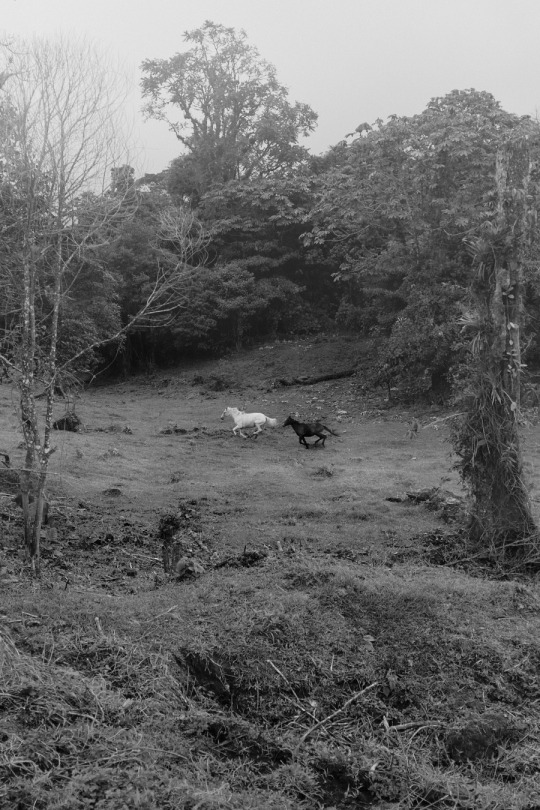Danae's Commonplace Journal a place for reflection prose poetry
Don't wanna be here? Send us removal request.
Text

i don’t want to be a spice store by Christian Wiman
466 notes
·
View notes
Text
Art is how we decorate space and music is how we decorate time.

Pattern by Pride and Joy Quilting. I darkened the skin tones and added trim to make braids.

11K notes
·
View notes
Photo







Afraid is a Country, Maryam Monalisa Gharavi
Words by Audre Lorde superimposed over the Trump administration’s Executive Order banning refugees and immigrants from seven majority-Muslim countries entering the US.
5K notes
·
View notes
Text
Dominique Knowles insta post. Mary Oliver quotes.
instagram
0 notes
Text
Dominique Knowles | The Solemn and Dignified - Kiang Malingue
From afar, Dominique Knowles’ paintings look like soft animal hide I could sink my face into. “Just go by what you experience and feel,” he says, when I ask how I should approach his art. Swathes of afternoon orange, marred by flecks of black like small slits of the void. A featureless being plunging face-first into an icy pool. Knitted walls that open up to a sky, blue as a balm against the encroaching fire. A stain of blood against a blinding canvas of light. That these works are titled My beloved only adds to the unease. What was it that he was mourning? What was I mourning?
2. Dominque didn’t know where home was. He had lived in Chicago, Paris and Florida, and these days he was in various art capitals around the world for months at a time, the kind of vagabond life that looked enviable from a distance but became unmooring after a while. (Had he said this, or was I projecting?) For a long time, home was where his horse Tazz was, in his native Bahamas. Tazz had been a constant companion to the artist since he was four – he felt he had manifested him by making miniature horse sculptures before he even had his own horse. It was his first experience in creating art to fulfil his heart’s desires. Then, in 2021, in the midst of the pandemic, while Dominique was away, Tazz’s body started failing. Dominique flew from a horse show in Florida back to the The Bahamas and made the difficult decision to euthanise him. “If I had been there,” he said, “I wondered if Tazz would have stayed alive.”
3. “Died of a broken heart. There’s nothing else you can say, really.” I brush the ash from your cheek, smear it across my tongue. For a year, I lived in a house between a cemetery and a suicide bridge. My apartment was haunted by the woman who had died just a month before I moved in, and I kept getting all her mail. I offered these facts to friends as though it was a joke, but really, I had hoped living among the dead would render me more alive. Instead, I faded against the landscape, translucent and sopping.
4. The first time I met Dominique Knowles, he had just woken up from a nap in the Lamma village house in which we had both found ourselves. He had stayed up all night on a call with a beloved friend several time zones away, and was in the city because he had been commissioned by a gallery to paint a wall. Soon he was worn out by the heavy crowds and the spiny skyscrapers; he craved the water and trees of The Bahamas, and moved out to the island. He asked me about the two books I had left on the dining table – Derek Jarman’s Blue and Etel Adnan’s Sea and Fog. They were my talismans, I explained. Lamma was my blue island. Within the first hour we had covered attachment theory, Zadie Smith, the nature of intimacy, and the mushiness of time during moments of political and public health crises. Later, when I asked the artist about his latest obsessions, he sent me an article about the Mishaka Pond in Japan’s Nagano Prefecture, where the waters were so clear the surrounding trees were mirrored onto the surface. I didn’t understand until I looked up Kaii Higashiyama’s painting Midori Hibiku (1972). There it was, between rows of towering trees and their reflection – a majestic white horse, trotting across the woods.
5. “With horses, you have to be very zen,” Dominique Knowles says. “Horses can recognise your feelings but they don’t understand why you have them. A horse can hear your heartbeat from 1.2 meters away.” The animals mimic each other’s movements to guard themselves from predators. In that sense, they are perfect mirrors, a reflection of the outside world. “Picture a horse’s heartbeat in the center of the herd in a field – radiating outwards to the horse at the edge of the forest of trees.”
6. Dominique Knowles was dressed in mourning tones of black, standing in front of an inferno he had created. Among the nineteen photographs I took of him that day, on the second day of Hong Kong’s art fair of the year, he is smiling in just four of them. He is aware of the artist persona he has to maintain, though he performs it with a note of irony. Even in casual conversations, he speaks with the measured pace of a writer. Sometimes he wishes the art world would put on fewer exhibitions and organise symposiums instead. He doesn’t particularly care what pronouns you use for him, though elsewhere he has described his work as “metaphors for queer desire”. The performance is Dominique’s way of both meeting and betraying the audience’s expectations. A teacher once told him: “The way you move through the world doesn’t have to be your truth.” His paintings are tender but violent, like the poems of Franny Choi. He is always reaching towards a soft death. Later, when he sent me a screenshot of Noriyuki Haraguchi’s Oil Pool, all I saw was a gleaming, bottomless well of black grief.
7. The island is a self-intervention – the grief was boring me. Lilac morning glories turn stupidly towards the sun. I strip down to my underwear and run into the cradle of the water. The place where light could no longer reach the ocean is the midnight zone. Back at home I show you my bruised knee, and you press your lips against my blue-black skin.
8. My beloved, my beloved, my beloved, my beloved, my beloved. Say it once and it remains an expression of adoration; say it five times and it becomes an incantation to summon what has been lost. “I would go into the work thinking of a burial, but it would come out a resurrection,” Dominique Knowles once said in an interview with Elephant Magazine. Ghosts dominate in two of the canvases – a horse depicted in sensual brushstrokes of chestnut, and a figure in white that could be his grandfather, a poet who often invoked the phrase for all that was around him, even stray dogs. At his funeral, a line of mourners formed from the cathedral to the cemetery, all crying out, my beloved! What he called people endearingly, Dominique said, became his name eternally. Are the figures emerging from, or walking into the flames? Who is left here to gather the things we lost in the fire in the ruthless morning?
9. I drift from street to street, retrieve the remaining evidence and bury it between my ribs. The grief has no name. Or rather it did, once upon a time, but it’s since been redacted. The mass has congealed and I knead it until a head takes shape. My beloved, I say. My beloved. That is not what I wanted to call the absence, but it will do for now.
0 notes
Text
lucille clifton interview from Mosaic #17 2007
I'm going to start adding thought to my posts as this blog currently has no voice.
Lucille Clifton is my favorite poet. Her voice was so clear and her talents obvious. She earned her accolades and respect. And this insight shared freely through Mosaic magazine is a valuable resource in order to truly understand much of her work. Her biography Lucille Clifton : Her Life And Letters is another great place to get to know her, her gifts, her life.
2 notes
·
View notes
Text
lucille clifton interview from Mosaic #17 2007
I'm going to start adding thought to my posts as this blog currently has no voice.
Lucille Clifton is my favorite poet. Her voice was so clear and her talents obvious. She earned her accolades and respect. And this insight shared freely through Mosaic magazine is a valuable resource in order to truly understand much of her work. Her biography Lucille Clifton : Her Life And Letters is another great place to get to know her, her gifts, her life.
2 notes
·
View notes
Text
so many fuckless days and nights only the solitary fox watching my window light barks her compassion. i move away from her eyes. from the pitying brush of her tail to a new place and check for signs. so far i am the only animal. i will keep the door unlocked until something human comes.
Leaving Fox by Lucille Clifton
1 note
·
View note
Text
call it our craziness even, call it anything. it is the life thing in us that will not let us die. even in death’s hand we fold the fingers up and call them greens and grow on them, we hum them and make music. call it our wildness then, we are lost from the field of flowers, we become a field of flowers. call it our craziness our wildness call it our roots, it is the light in us it is the light of us it is the light, call it whatever you have to, call it anything.
roots by Lucille Clifton
2 notes
·
View notes
Text
won’t you celebrate with me
won't you celebrate with me what i have shaped into a kind of life? i had no model. born in babylon both nonwhite and woman what did i see to be except myself? i made it up here on this bridge between starshine and clay, my one hand holding tight my other hand; come celebrate with me that everyday something has tried to kill me and has failed.
Lucille Clifton, “won't you celebrate with me” from Book of Light.
35 notes
·
View notes
Photo

Frida Kahlo - The Wink, Self-Portrait.
112K notes
·
View notes
Photo



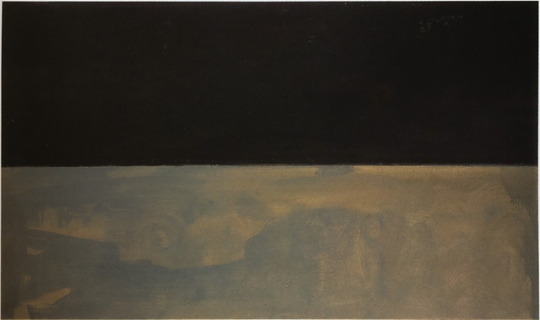
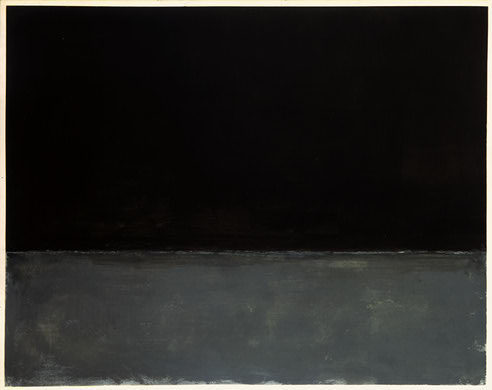


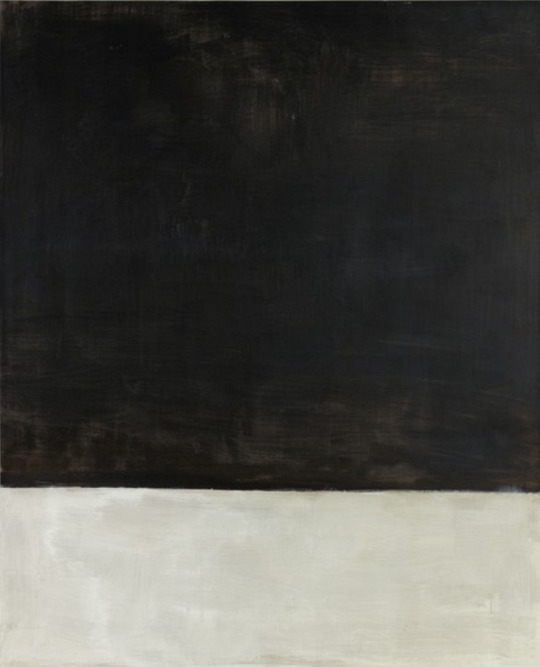
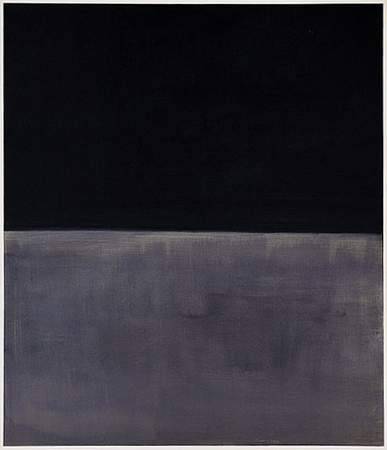

Mark Rothko, The Dark Paintings of 1969-1970,
Part One
The Black on Gray paintings were Rothko’s final series. Like the Brown and Gray works on paper, color has been extracted to a dark upper and a lighter lower section. Most striking is the painted white edge within which the composition is circumscribed. In all of Rothko’s earlier work the edges of his paintings folding around the stretcher had been meticulously painted. In marked contrast, the white surround of the Black on Gray paintings sharply demarcates the painted surface and collapses the pictorial space into a much flatter picture plane.
Previously, Rothko had used a mixture of rabbitskin glue and pigment to douse his canvases in a first layer of colour. The Black on Gray paintings, however, were primed with white gesso which shows through in various areas, further contravening any illusion of pictorial depth. Unlike the Brown and Grays, where the variations occur within a fixed format, the Black on Gray paintings substantially vary in size and orientation, each offering a completely unique exploration of scale and ‘weight’.
The Black on Gray paintings bear witness to the tireless effort with which Rothko kept pushing the boundaries of his practice; which may also explain why one evening in late 1969 he opened his studio to select members of the New York art world to view his latest paintings, the first and only time he presented a series as such.
6K notes
·
View notes
Text

Juneteenth Emancipation Day celebration at Eastwoods Park on June 19, 1900 in Austin, Texas.
495 notes
·
View notes
Text
sorry to say this but not every act of protest is meant to be palatable. actually scratch that, to protest is to disrupt, it's to inconvenience, it's to make you unable to ignore the protesters message, it's priority should never be its palability.
19K notes
·
View notes
Text
kelela for true laurel magazine lensed by myles loftin
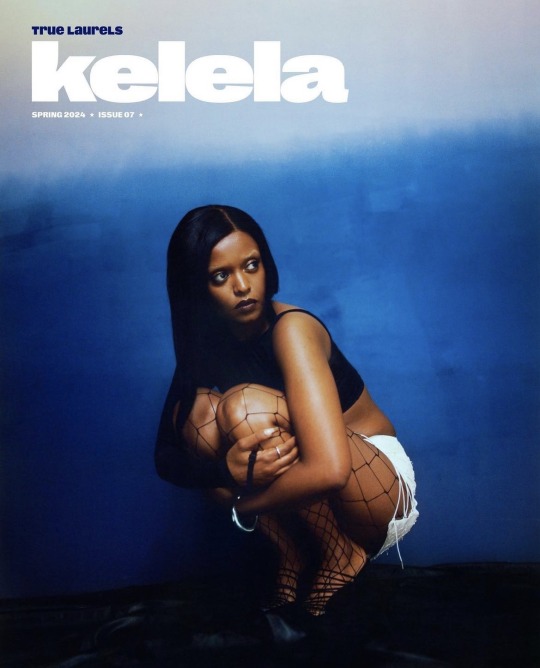
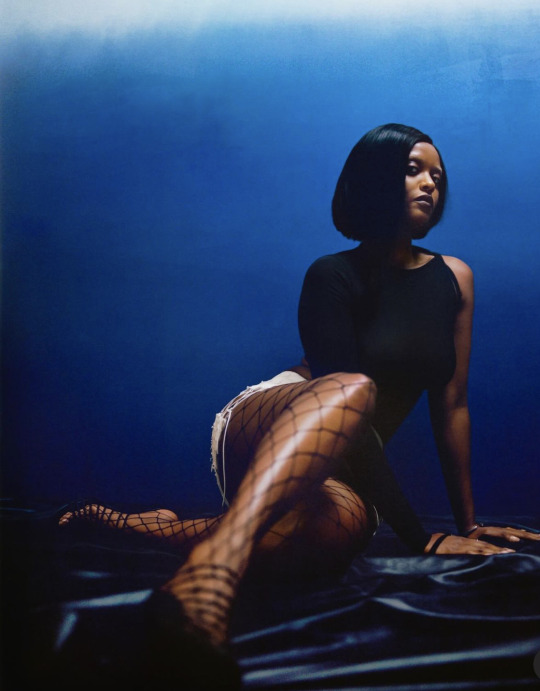
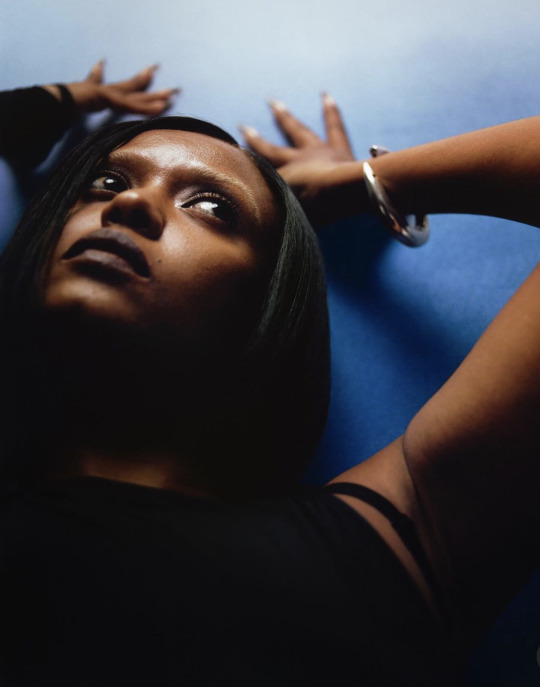
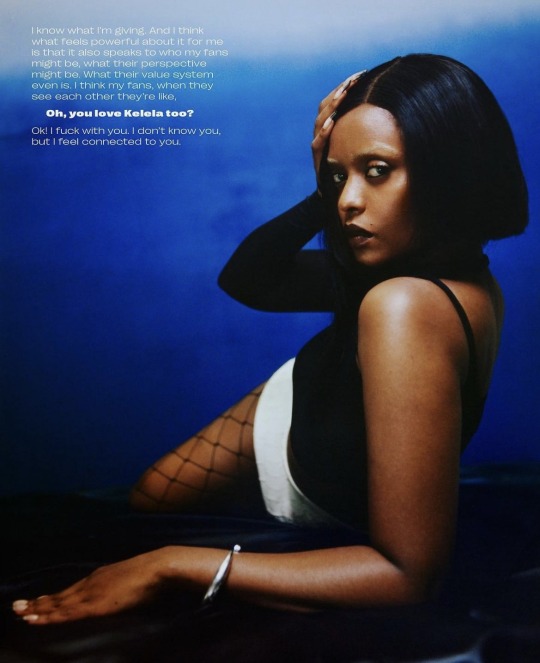

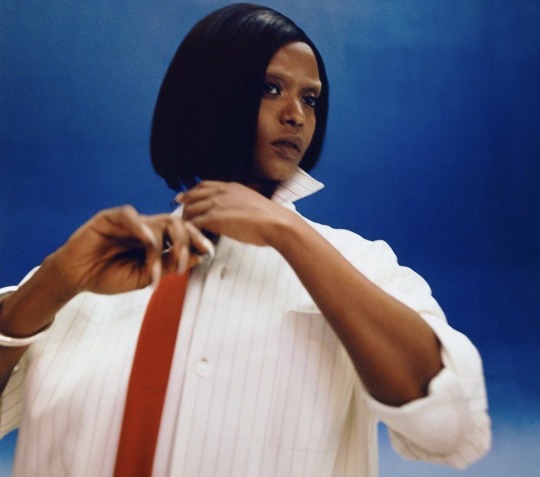
210 notes
·
View notes
Text
This Kelela interview was so eye opening and insightful. A great read thanks to Lawrence Burney. Will be checking out their other pieces.
1 note
·
View note
